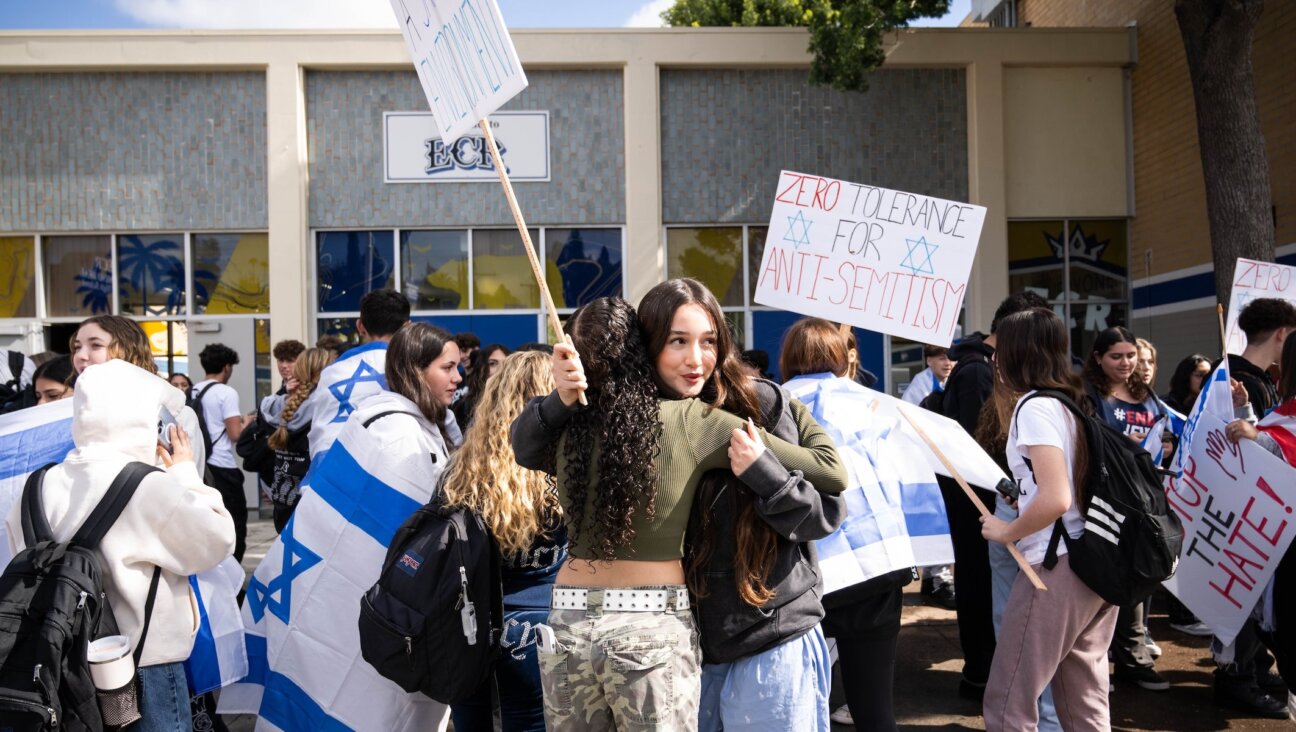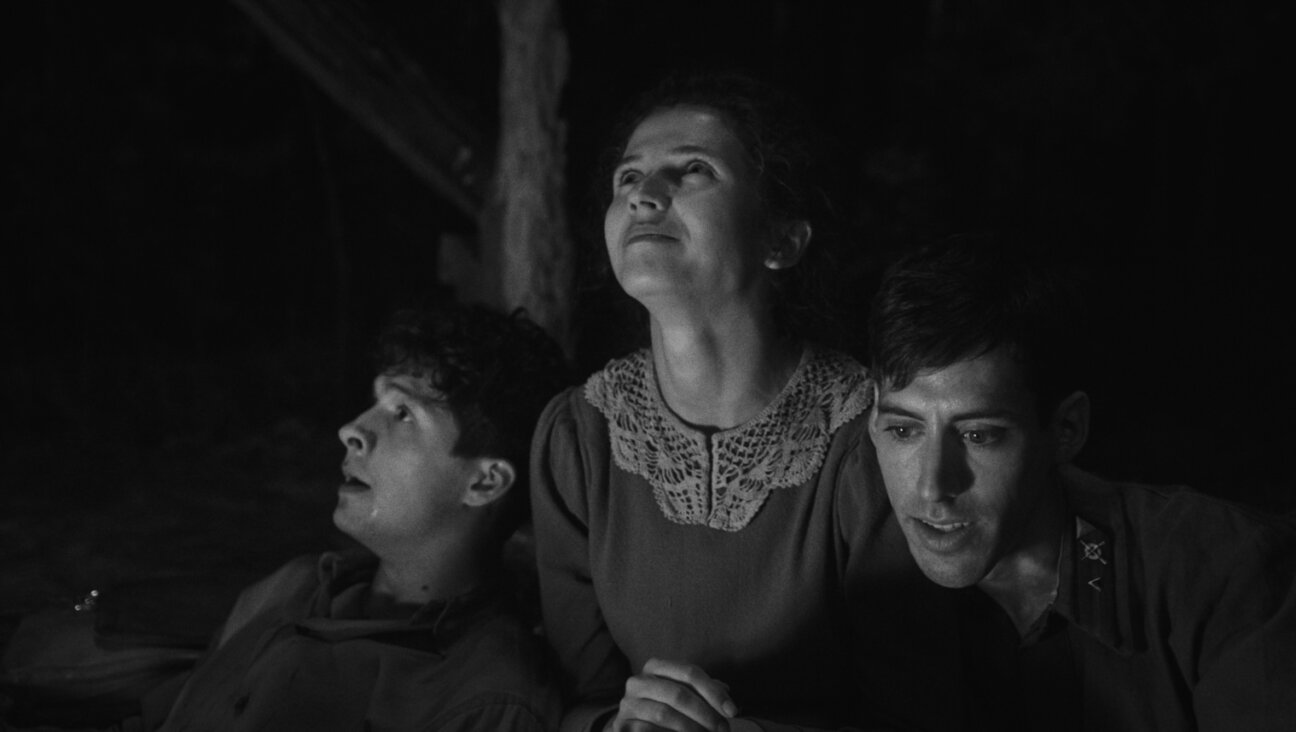School Daze
For millions of contemporary American Jewish children, September is back-to-school time. Like their parents and grandparents before them, they approach the first day of class with a mix of anticipation and trepidation: Butterflies in the stomach, my mother called it. Unlike their parents and grandparents, who had little choice in the matter, American Jewish school kids of the 21st century can attend any number of educational institutions: public schools, magnet schools, private schools, boarding schools and, above all, day schools and yeshivas. Of all the changes that have occurred in American Jewish life over the past half-century, perhaps the most far reaching has to do with education, with the steady normalization and growing social acceptance of the Jewish day or parochial school.
Well into the 1950s, a majority of American Jews at all levels of observance regarded Jewish private schools, where religious studies were as rigorously pursued as secular studies, with disdain. It wasn’t just that they held the public school in such high regard — although most parents did, all the more if they happened to be relatively recent arrivals to the United States. To America’s Jews, the public school spoke of belonging and of blending in. It spoke of America. “In Brownsville when I knew it, school was a major occupation, not only of the children alone but of the whole neighborhood,” former Brooklyn resident Samuel Tenenbaum recalled of the immigrant Jewish neighborhood in which he grew up. “Every teacher was discussed with the minute detail a jeweler devotes to a watch; the principal of the local public school had the same authority and prestige as the most learned dean of our most respected university.”
By contrast, the Jewish day school, or yeshiva, as it was commonly called, symbolized distinctiveness and with it the burdens of standing out. No wonder, then, so many American Jews viewed Jewish parochial education with suspicion, fearful lest it get in the way of their children’s physical development and cultural advancement. As Alexander Dushkin, one of American Jewry’s leading educators of the interwar years and a champion of the supplementary system of Jewish education, put it, the Jewish day school was “fraught with danger for America and for American Jews.” Today, when graduates of Jewish day schools routinely fill the roster of Ivy League universities, it is hard to make sense of, let alone empathize with, the attitude of those who, at both the grass-roots and elite levels of American Jewish society, held their noses at the very idea of sending their offspring to a Jewish institution. But they had their reasons. Lots of them.
To some of its critics, the Jewish day school smacked too much of the Old World, with its long-standing disregard of physical fitness. The yeshiva’s emphasis on intensive Torah study, they charged, was out of keeping with the New World’s emphasis on vim and vigor. Spending so many hours indoors instead of playing outside threatened to weaken the bodies and sap the energy of its young male charges, turning them into little old men before their time. One observer, writing in the Jewish Forum in 1924 about the “health problems” of yeshiva students, characterized them as “undersized and undernourished,” susceptible to “undue eye strain” as well as “adenoidal trouble.” As if that
was not that bad enough, he even went so far as to claim that, as a group, yeshiva students provided the “human material out of which will develop some of the tuberculars, cardiacs, neurotics, and other physically and nervously decrepit.”
Still other American Jews grounded their objections in terms of class. Worried lest the English taught by Jewish day school educators should be accented heavily, without a “clear, English ring,” or, worse still, that graduates would lack the requisite skills for college, they feared that a Jewish day school education would limit American Jewry’s access to the middle class. Some even feared that a day school education might forever brand their children as un-American. Raising the cry of separatism, these critics charged the day school with creating a “wall of difference” between itself and the outside world, with regular American Jews on one side of the divide and “alien Jews” on the other.
In the wake of World War II, once rock-hard attitudes toward the Jewish day school began to soften gradually, especially when it became increasingly clear that the overwhelming majority of native-born American Jewish children, products of the emerging suburbs, were in danger of deracination. “Will we be content with just a smattering of Jewish knowledge, with just a glimpse of Jewish culture, just a bird’s-eye view of Jewish history? Is it possible to develop sturdy Jews that way?” wondered some of the community’s cultural custodians, such as Rabbi Joseph H. Lookstein, founder of the Ramaz School, one of the nation’s leading educational institutions. Still other educators, such as Joel Braverman, founder of the Yeshivah of Flatbush (my alma mater), were inspired by Zionism to affirm the possibilities of the dual curriculum.
As the limits of a traditional, supplemental American Jewish education became more and more apparent, and concerns about the future grew more and more pressing, Lookstein, Braverman and a growing number of likeminded American Jews throughout the nation developed alternatives to both the public school and the old-fashioned yeshiva. For starters, most eschewed the word “yeshiva” in favor of a more neutral, even “classy,” designation. (The Yeshivah of Flatbush, it seems, was the exception; its name a bit of cultural defiance, perhaps?) Calling themselves, say, the Hillel Country Day School or the Hebrew Academy of Atlanta, these schools sought to reassure prospective parents that what went on inside was wholesome, even genteel. Toward that end, they put a premium on well-appointed classrooms, well-trained teachers and a curriculum that was resolutely up to date, both in its sensibility and its use of technology. “I did not want the children to feel excluded or disadvantaged,” Rabbi Lookstein explained. “I was striving for integration not isolation.”
History proved Lookstein correct. Today, the American Jewish landscape is peppered liberally with day schools. In fact, no denomination is without them: No longer the province of the more traditionally minded sector of the community, day schools can be found in Reform, Conservative and even post-denominational communities. In their own way, they’ve become a true-blue American phenomenon, a testament to the promise of pluralism.














